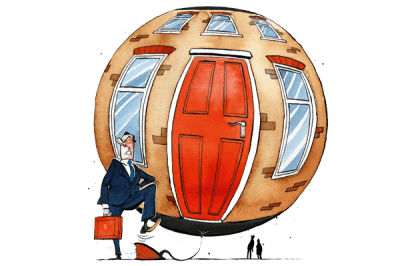Ten years ago next week, the tech-heavy Nasdaq stock exchange hit its lowest point ever, as the dotcom crash shuddered to an excruciating conclusion. With Facebook shares now approaching half their May offer price and debate raging over the role of banks in society, this is a good time to ask what we learnt from that enigmatic earlier shock — the answer being not enough.
Even by the standard of bubble-induced collapses, the dotcom crash was thorough. The Nasdaq Composite index, which had peaked in March 2000 at over 5,000 points and halved by that year’s end, hit a low of 1,114 in October 2002. By then, almost nothing was left of this pioneering sector, save a trail of eery ‘ghost sites’ on the Web — whose first version, 1.0, was essentially demolished. The Wall Street Journal likened the $3.3 -trillion losses sustained by tech investors to ‘one third of the houses in America sliding into the ocean’.
But how had the crash happened? A post-mortem narrative emerged (and is still pretty much accepted) in which twenty-something CEOs had drunk their own bathwater and begun to feel invincible. Tales of basketball courts and DJ decks in offices; of Willy Wonka-themed parties and drugs-fuelled junkets to Vegas; of company-wide first-class travel and $2,000 Aeron chairs for all did nothing to discourage such a view.
And of course there was industrial-scale hubris. In New York, Josh Harris, CEO of the wild ‘webcasting’ giant Pseudo.com, spent millions on social experiments designed to illustrate his darkening view of the net. Michael Saylor of the ‘data mining’ firm Microstrategy hired the Washington Redskins’ stadium for Super Bowl parties and spoke of running for president: he also bought a plot of land upon which — without even a hint of irony — he intended to build an exact replica of the house in the film version of The Great Gatsby.







Comments
Join the debate for just £1 a month
Be part of the conversation with other Spectator readers by getting your first three months for £3.
UNLOCK ACCESS Just £1 a monthAlready a subscriber? Log in